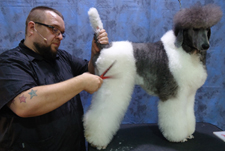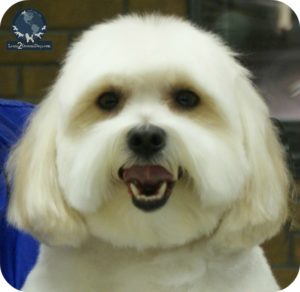 There are a number of different ways to create a round head style on a dog.
There are a number of different ways to create a round head style on a dog.
Here are two clipper options that will help you be more consistent from trim to trim.
Setting the Pattern
Use this hold to define sections of the head that are to be clipped or to be hand scissored:
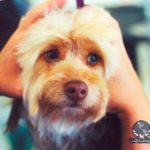 Standing in front of the dog, place your hands just behind the eyes so both thumbs touch under the jaw and both first fingers touch just above the eyes.
Standing in front of the dog, place your hands just behind the eyes so both thumbs touch under the jaw and both first fingers touch just above the eyes.
- Anything behind your hands is considered the skull and should be clipped.
- Anything in front of your fingers is considered the eye area and muzzle and should be shaped by hand.
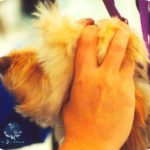 Using a similar hold, place your fingers around the neck of the dog. Slide your hands up until they rest at the base of the ears. This is your dividing line between the neck and headpiece.
Using a similar hold, place your fingers around the neck of the dog. Slide your hands up until they rest at the base of the ears. This is your dividing line between the neck and headpiece.
The length will vary based on client preference and length of body coat. The shorter the body length, the shorter the head should be. Longer trims look balanced with longer head styles as long as they are not extreme. In both cases, it’s most important that the head be in balance with the body.
Style Option #1:
- Take the same blade used to trim the body and use it again for the top of the head and down the sides of the cheeks.
- If a #4F, #5F, #7F or #2 guard was used on the body, follow the natural lay of the coat, working out from the center of the skull.
- Feather the coat over the tops of the ears and at the transition line just behind the eyes separating the head with the muzzle area. There will be an imaginary line just behind the eyes where you can feel the eye socket rims. The hair over the eyes in this area should be left to hand scissor, framing the eyes in the final stages of the trim.
- Lift the ears out of the way and come down the sides of the face, in the cheek/jowl area. Follow the lay of the coat and blend into the clipped neck. Leave just enough hair at the back corners of the eyes to complete the framework for the eyes in the finished trim.
Style Option #2
- Use a medium to medium-long guard comb for small – to medium-sized pets; longer combs can be used on larger dogs. The key is the head should ‘balance’ the trim and compliment the dog in size and shape.
- Due to the length of coat these combs leave, they are most effective when pulled forward from the occiput to the eye area. Your goal is to feather to coat at the transition point, softly framing the eyes. The outer edge of the guard comb should ride right at the junction point of where the ear meets the skull.
- The cheeks and jowl areas are handled the same way as outlined above.
Common Styling Techniques with Both Round Head Styles
The stop area should be trimmed for both options. Personally, I like to catch this area when I do my close sanitation work just before I do the full haircut. Don’t remove too much coat between the eyes – less will be better than more. Focus on the area just in front of the eyes and the stop area. Use thinning shears or clip the area with a close blade, such as a #10 or a #15. This will clear the area of long fur and accentuate a nice, deep-set eye.
With both head styles, the framed area over the eyes should be scissored by hand. Comb the coat forward over the eyes, making sure to get the hair in the stop area, too.
Scissor off the longer hair at a 45-degree angle, starting at the stop area. The fur will be super short right above the eye and taper out slightly over the eye, framing it.
Use straight or curved shears in reverse, framing the eyes trimming up and over the eyes. The beveled edge creates a ledge for the longer coat to sit on, keeping it out of the eyes. It also creates a desirable “soft expression.” A deep-set eye adds dignity and character to the facial expression, too. There should be just enough depth to this frame to accomplish the look, but not so much as to give a heavy “visor” look.
Double-check and triple check this line framing the eyes. It is the most important part of the entire trim. Pay close attention to the stop area – this is an area that long strays love to hide. The last thing you want is to have random hairs pop out once the dog gets home!
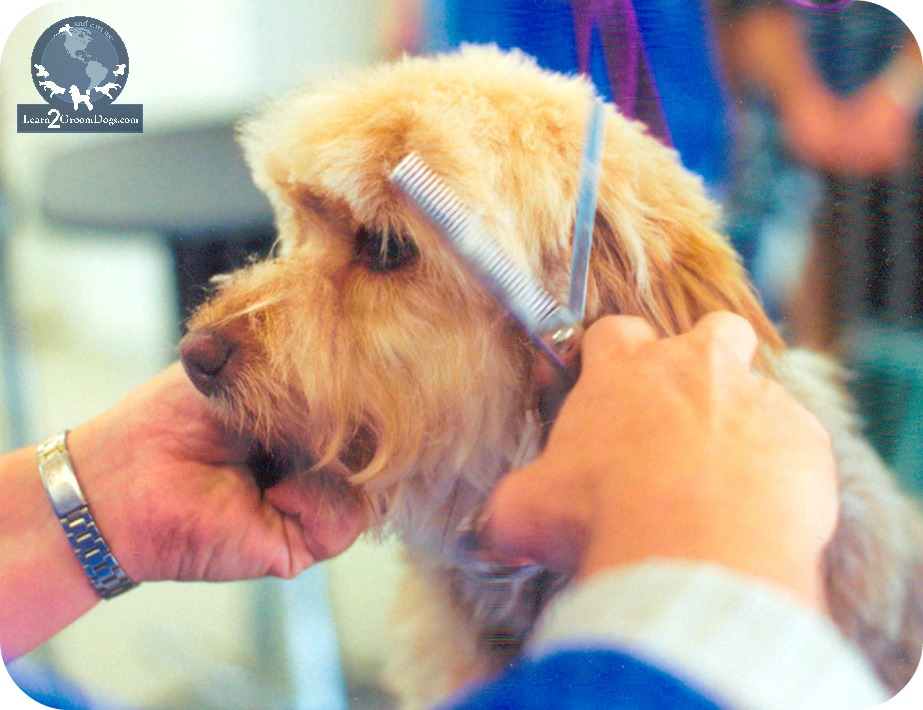 Once you are satisfied that the frame is even, the line will still be sharp. Soften the framed area with thinning shears.
Once you are satisfied that the frame is even, the line will still be sharp. Soften the framed area with thinning shears.
Double-check the line just behind the eyes where the clipper work feathers off. It should be smooth and even at the transition point.
Check the transition lines over and around the ears and neck. Use thinning shears to neaten these areas. Make sure to look behind and under the ears too. Follow the line under the jaw, too. Everything should be even, neat and tidy.
The muzzle on many round head styles is trimmed by hand, keeping the eyes and nose at the center. However, there are multiple style options. Many stylists like to continue their longer guard comb work on the muzzle as well. Or you can scissor it by hand.
When using a guard come on the muzzle, you can work either with the grain of the coat or against the coat growth with longer combs. Once you are close to a consistent length – stop and finish the area by hand with thinner or blending shears.
For hand scissoring the muzzle coat, comb the coat down. Use the jawbone as your guide. Trim parallel to the jawbone adjusting the length as needed. Once the length is established, finish trimming the area with thinning shears for a soft and even look.
Many owners appreciate removing the longer hair right under the nose, at the end of the muzzle. On round-headed dogs, this is extra fur that gets messy at feeding time – collecting water and picking up all sorts of nasty things as the dog is outdoors sniffing around. There are two basic ways to deal with this area:
- Simply hold the dog’s mouth firmly closed and quickly remove the extra hair with a close blade – anything from a #30 #15 or #10 blade will work. Just watch that tongue!
- Hand scissoring works, too. Use either thinners or a smaller pair of shears to trim the hair away from this area. Comb the coat forward at the end of the muzzle. Trim off the excess. You can also taper the area back towards the neck. This will help prevent dirt and debris from collecting in this area and provide a neat and tidy appearance to the overall head.
To finish the head style, soften all lines with thinning or blending shears. Look for stray hair or anything that is out of place. There should be no sharp lines anywhere on the head. From side-to-side you are looking for symmetry, both in length and density.
In the end, the expression should be soft and kind. The eyes will be the key feature you want to highlight. Framing the eyes, you bring out the pet’s expression – something every pet owner loves to see!
If you liked this lesson, you’ll love this video. You’ll find it on Learn2GroomDogs.com.
[youtube]http://youtu.be/NzLWtaBFAoc[/youtube]
Not a member? It’s easy to join – click here!
Happy trimming!
~Melissa
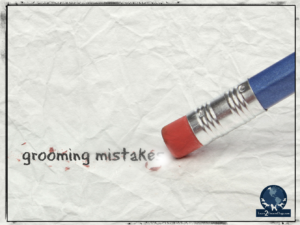 Thinning shears (or blending shears) are the best-kept secrets in the grooming world. Used properly, they can make mistakes much less noticeable. For a new stylist, this is one of the first shears I always recommend upgrading in your toolbox.
Thinning shears (or blending shears) are the best-kept secrets in the grooming world. Used properly, they can make mistakes much less noticeable. For a new stylist, this is one of the first shears I always recommend upgrading in your toolbox.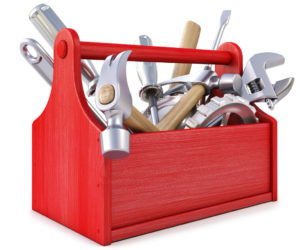 Stylists that understand the value of this type of shear will invest in multiple pairs. Just like straight edge shears, there are wide varieties from which to choose. Some are for more general use while others have more specific usage. The key is to know how you want to use the shear. Do you need it for light wispy coats? Drop coats? Terrier styling? Working around the head or eye area or dealing with large surface areas? There is a blender to fit every single one of these needs.
Stylists that understand the value of this type of shear will invest in multiple pairs. Just like straight edge shears, there are wide varieties from which to choose. Some are for more general use while others have more specific usage. The key is to know how you want to use the shear. Do you need it for light wispy coats? Drop coats? Terrier styling? Working around the head or eye area or dealing with large surface areas? There is a blender to fit every single one of these needs.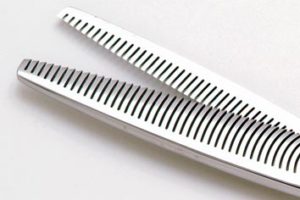 The difference between a good stylist and a great stylist is that they know how to fix mistakes. Every one of us makes them. Having a nice collection of thinning and blending shears will be the erasers you need when that “oops!” happens.
The difference between a good stylist and a great stylist is that they know how to fix mistakes. Every one of us makes them. Having a nice collection of thinning and blending shears will be the erasers you need when that “oops!” happens.
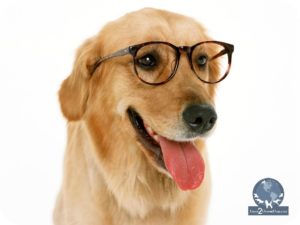






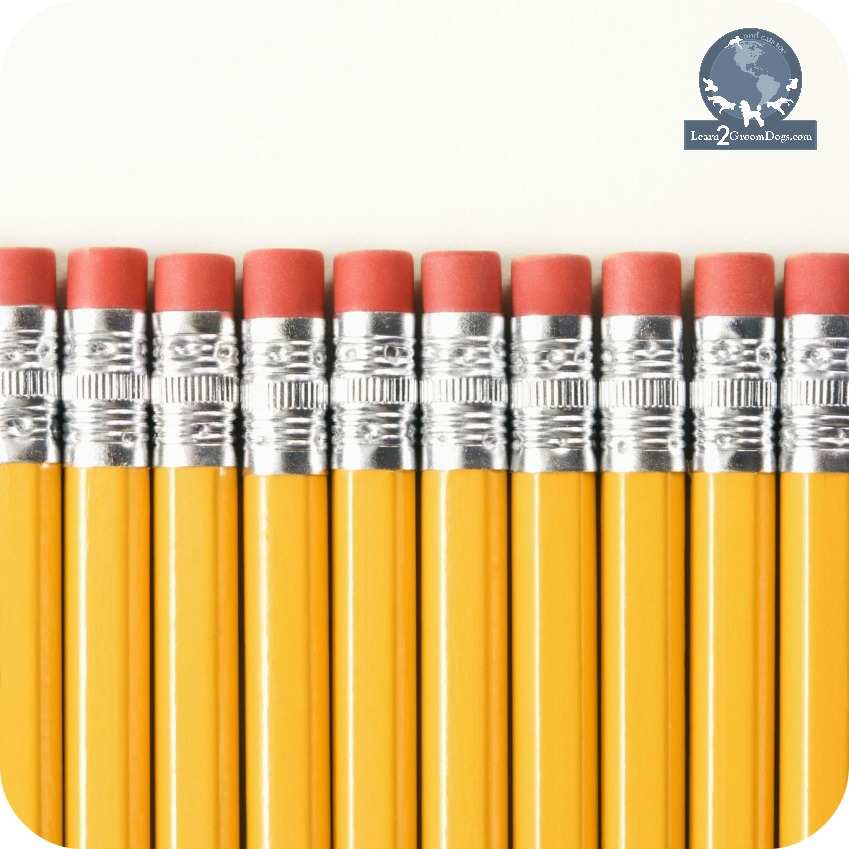
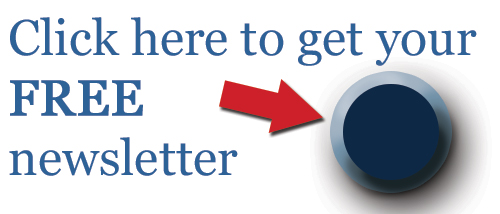
 Is scissoring becoming a lost art? I’m all for speed and efficiency but if you are proficient with your shears, you can trim a dog almost as fast without the shortcut aids of clippers and guard combs .
Is scissoring becoming a lost art? I’m all for speed and efficiency but if you are proficient with your shears, you can trim a dog almost as fast without the shortcut aids of clippers and guard combs .